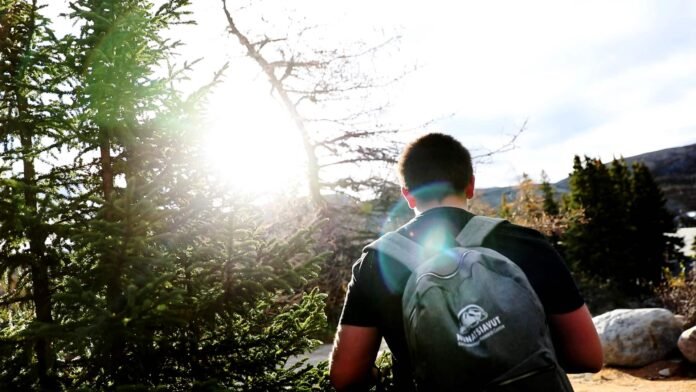The water is not only home for important food sources, but they’re also highways for all Nunatsiavut communities that are inaccessible by roads. And, the water is changing.
Environment and Climate Change Canada says ice coverage along the Labrador coast was below average last season, and was the lowest ice coverage since 2021.
During the 2023 and 2024 winter, the province was on average 4.2 degrees warmer than the 1961 to 1990 average, according to ECCC.
It follows a trend being tracked by the Department of Fisheries and Oceans. DFO has been tracking a number of ocean statistics since 1998 along the Labrador coast, and has seen an increase in temperatures starting in 2021.
“Basically these three years are the warmest three that we’ve experienced so far,” said DFO research scientist Frederic Cyr.
Right now, 2024 isn’t expected to be a record compared to those years, but it was warmer than before.
On a positive note, said Cyr, the deeper shelves of the Labrador Sea aren’t seeing a warming trend yet.
“This is all things that we need to understand, and how we can better adapt and make better informed decisions to ensure that the people, the environment is safe from harm,” Pamak said.
Environmental DNA and hydrophone research is underway to gain a better understanding of what animals are in Nunatsiavut’s waters.

